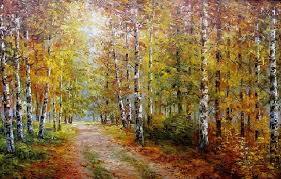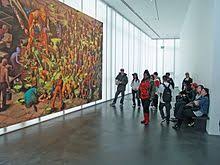opposition
RUSSIAN Vanguard. MAIN DIRECTIONS (part 3)
 Abstractionism (abstract art).
Abstractionism (abstract art).
The main theorists and practitioners were V. Kandinsky, P. Mondrian. Abstractionism rejected the image of forms of visually perceived reality, from isomorphism and focused solely on the expressive, associative, synesthetic properties of color, non-isomorphic abstract color forms and their innumerable combinations. The first abstract works were created in 1910 by Kandinsky. He set forth the aesthetic creed of abstract art in his book On the Spiritual in Art (1910) and in a number of other books and articles. Its essence boils down to the fact that the rejection of the image of external, visible forms of objects allows the artist to focus on solving exclusively pictorial problems of harmonizing color and form, through which the spiritual cosmos comes into contact with the recipient. Continue reading




